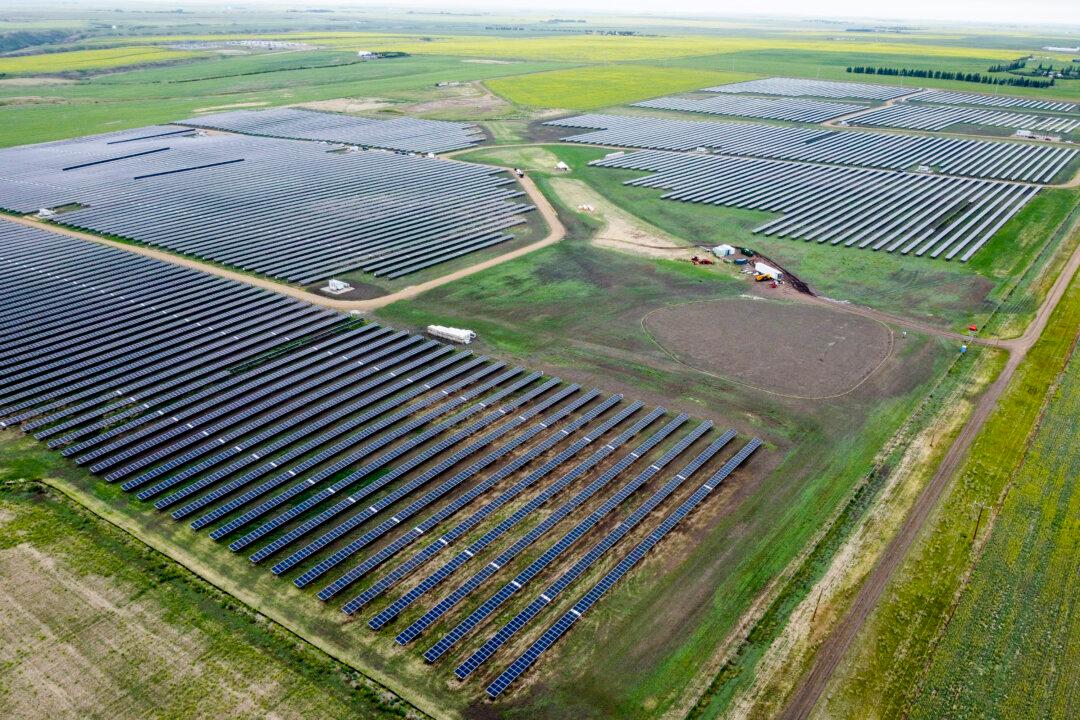Commentary
At the turn of the 19th century, the Wild West still existed in North America as developments and settlements expanded with little to no regulation, planning, or guidance. U.S. President Theodore Roosevelt recognized the risk in allowing unfettered development expansion across pristine lands as it would rob future generations of the ability to enjoy them. During his term in office between 1901 and 1909 he established five new National Parks, 18 new U.S. National Monuments, 51 bird reserves, four game preserves, and 150 National Forests.





